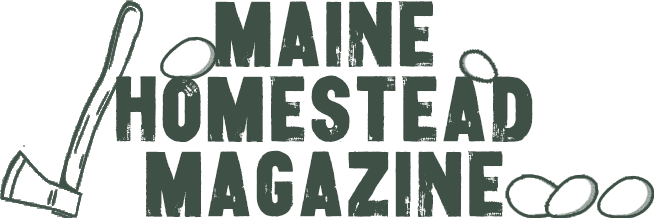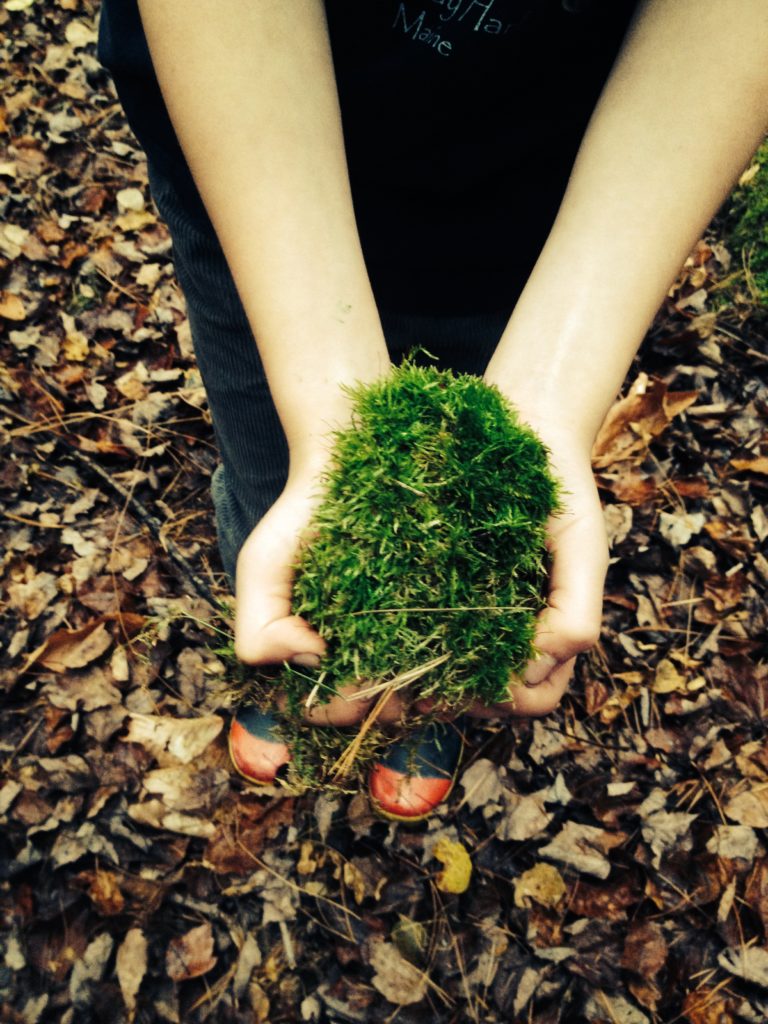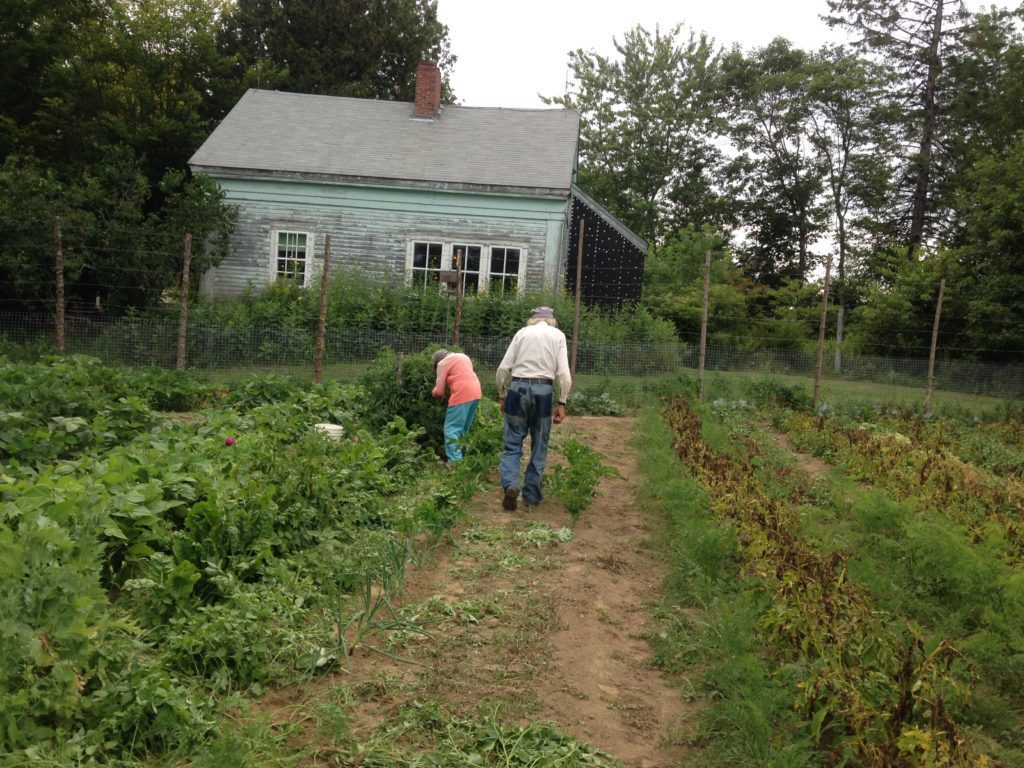Moss, lichen and liverwort are ancient plants. In fact, they were the first to creep out of the preverbal waters as algae as tiny plants that clung to rocks creating the basis for plant life on land. A single moss can live for thousands of years, and they grow on every continent—even Antarctica.
As slow-growing ancient creatures, care must be taken that moss, lichen and liverwort habitat isn’t disrupted beyond what it can sustain when foraging for specimens.
Lichens are one of my favorite teeny trinkets of the forest floor, right behind tall spore stalks and ghost pipe plants. Their complex whimsical structures of a tiny hidden fairytale kingdom. When on hikes to seek out materials, always make sure to take responsible specimens to practice sustainable lichen, moss and liverwort collection.
Weird spore facts:
Spores have been used in pill coatings, skin powders, makeup, and non-stick dustings for surgical gloves—even condoms. Lichens are under research for antibiotic properties. The flash of early camera depended on the bright white flash given off when spore ignite. It mindboggling that pyrotechnics in theatre productions and in early film also owed much of their success to something so miniscule and unassuming as spores.

Lichens are incredibly slow-growing and long-lived. In remote places, some lichens live thousands of years. Persistent lichen species use time to their advantage making it possible to grow on stabilized sand dunes.
Lichens can grow in extremely inhospitable conditions including high peaks of mountains with high winds and frigid temperatures, like in this photo of Mt. Katahdin in Maine (US) in spring 2021.

Why sustainable collection and management is important for lichen, moss and liverwort—and our climate
Their slow growth rate of moss, lichen and liverwort make them easy to over-harvest. Overharvesting of my lant or animal, no matter how small, interrupts the natural balance in both the localized ecosystem, but as part of the global perspective as natural carbon sequestration sinks.

It’s super tempting to tear off a huge hunk of these precious plants and roll it up, slip into my pack basket and bring it home when I’m out hiking the property. Instead, I pick and little here and there and often tuck away only the knowledge of where a lichen-covered tree has fallen and continue my adventure back home with only a handful and leave the rest for later, as I need it.
Lichens test the air for pollutants
Lichen is used as an indicator of localized air quality due to their uptake of nutrients exclusively from air and water contact. Toxins extracted from lichens are able to determine the amount of toxins commonly found in the air in that area.

Lichen are part fungus and part alga bacteria
The line between lichen and liverwort is a fine one. Lichen is comprised of a happy combination of a fungus and alga bacteria performing photosynthesis, lichens present a challenge for researchers, they can prove difficult to tease out a single DNA sequence. The often commonly confused liverwort has only a single set of genetic information.

The earliest land plants were small and flat and appeared like small leaves clinging to the ground. They were very similar to modern day liverworts, cousins of mosses. Liverworts produce spore cases one inch above the ground, keeping them up away from the often-damp surface to float away. Spores found in rocks 475 million years ago from the Ordovician represent the earliest known plants.
Acrocarpous moss spores take six months just to bond to the surface of their new home, followed by another year to mature to a single stalk. Moss was the first plant to creep up out of the water as algae and slowly evolve to gain the traits of moss, which then led to lichens and liverworts.
100-foot clubmoss trees once existed

Clubmosses are among the oldest plants on Earth, having evolved over 390 million years ago. Club mosses have a deceptive name. Despite their soft green appearance, they are not mosses at all. Ancient mosses relatives were tree-like in form and towered over tropical forests, towering an unfathomable 100-feet into the sky. Those ancient giants are long extinct but they continue to affect our environment; their remnants persist as fossil fuels.
Club mosses are Lycophytes, which are more closely related to ferns. Like ferns, club mosses are seedless plants, which means they reproduce by releasing a large number of extremely tiny spores. In some species, the spores are released from club-shaped structures that give the plants their nickname. These long-lived evergreen plants are native to moist woodland habitats. Only a tiny number of spores will develop into mature plants, and that process can take up to 20 years.

Christmas Tree fern seen in this resin crystal is a type of ground pine moss and looks like a miniature tree on the shady forest floor. There are about 15 species of clubmosses in New England, most of which can be found in Maine.
Moss can hibernate for years and regenerate when the environmental conditions become more favorable. Due to their surprising ability to grow, even in Antarctica, they are found on every continent. Lichen and moss and liverwort can be easily grown in a terrarium, which have been growing in popularity.

6,000-year-old moss
A study by the British Antarctic Survey and Reading University proved moss that had been frozen for 1,530 years can wake up and pick right up where it left off. Antarctic moss found on Elephant Island, where Ernest Shackleton’s expedition was holed up for over four months, date back 6,000 years.
For us, it’s not the ethical thing to do as a steward to this land. It falls on us to ensure it’s balance and continued health. A pinch here, a patch there and only from clusters in well established areas.
Moss, lichen and liverwort can come in many textures and colors. some appear painfully spiky and others are like walking on a shag rug.
Moss, lichen and liverwort as carbon offsets
Recent studies in rainforests have shown lichen and moss and liverwort are more responsible for air and ozone quality than even imagined. Mosses have a higher carbon offset than all the trees combined globally. They intake nutrients required for life through dew, rain and fog without using roots. The structure connecting them to the rock, bark or soil does not take in water.

New plants re-spawn from tiny remnants of an existing live bits from another plant under the right conditions. This is especially seen with fern moss which fan out in shoots and carpet large areas, scale tree trunks and rocks.
Moss hormones lure microscopic sperm-carrying arthropods
The moss reproductive process looks a great deal like with happens with flowers then previously thought. It had been widely accepted that mosses used water migration and capillary action to move the sperm within the layer of moss. Teeny-weeny insects act like bees as they wander through the tangled moss masses. The sperm readily attach themselves to the eggs as the damp micro-creatures scurry about rubbing against them. Female moss emits a hormone luring in the little critters and their hitchhikers to the eggs.
It’s still uncertain of what expending that additional energy is worth to the the teeny weeny arthropods or if they were simply duped by the mosses’ aroma and gets nothing for its efforts. Oribatid mites are the most numerous arthropods in forest soils. These microorganisms are essential to break down organic matter. There are currently 12,000 identified Oribatid species and researchers estimate there may be 60,000 to 120,000 species. Oribatid mites would be terrifying if they were the size of cars, am I right? Slide B–yikes.
Moss can clone itself asexually
In addition to water and micro-pollinators, moss sperms may also be released from a little pod or case catapulting themselves away from the mother plant helping them to spread diversely and to clone asexually.
Nature’s toilet. Padded, just like grandma’s in the 80’s. If you want to squat on a bit of nostalgia you can still buy bum shag at Bed Bath and Beyond. Here’s a fun mini rabbit hole side note about why carpeted toilet seats took toilets by the brim across the US. Does anyone else see a chicken outline?
Birds often use mosses to line their nests each spring as the fly to Maine for the breeding season and to take advantage of the spring insect boom here.
The Life of Lichens
Lichens have been used for many purposes in our human history. They have been used for clothing and even for sustenance in more destitute times. Lichens are used today in toothpastes, deodorants, lotions among many other products. They are widely researched for antibiotic properties and some new species are still being discovered—then lost and hopefully rediscovered.

Beautiful patterns and spots of lichens often adorn the tombstones and monuments at graveyards and make wonderful places to view diverse species of lichens. I find so much lichen and moss and liverwort on the various landscapes of our land here in Maine.
This stream is seasonally filled by the spring snow melt. It’s in the heart of the forest of Maine and lined with lush mossy banks. A leaning cedar holds firmly to a bank as a spruce on the opposite bank lays resting halfway up another tree, dead. Sleepy trees watch as we pass in the morning fog as the dark stream slips silently by numerous species of lichen and moss and liverwort.
Inspirational beauty of moss, lichen and liverwort are the basis for my of my designs.


